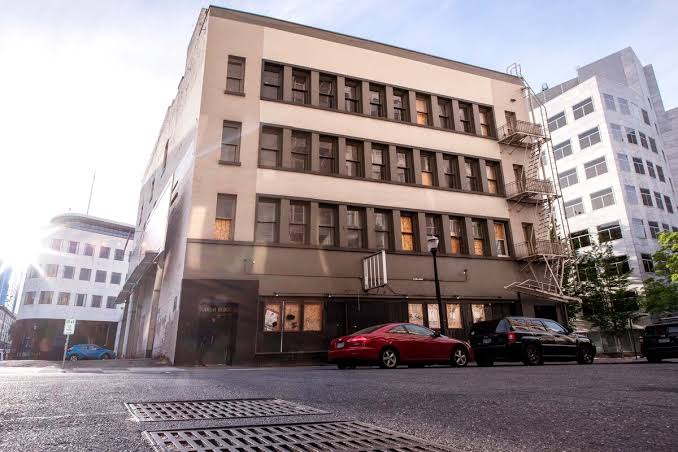What is a Flash Drive?
Flash drive definition, how to use one, & how big they get
:max_bytes(150000):strip_icc():format(webp)/GettyImages-184994252-56d886d63df78c5ba022f320.jpg)
A flash drive is a small, ultra-portable storage device which, unlike an optical drive or a traditional hard drive, has no moving parts.
Flash drives connect to computers and other devices via a built-in USB Type-A plug, making a flash drive a kind of combination USB device and cable.
Flash drives are often referred to as pen drives, thumb drives, or jump drives. The terms USB driveand solid state drive (SSD) are also sometimes used but most of the time those refer to larger and not-so-mobile USB-based storage devices.
How to Use a Flash Drive
To use a flash drive, just insert the drive into a free USB port on the computer.
On most computers, you'll be alerted that the flash drive was inserted and the contents of the drive will appear on the screen, similar to how other drives on your computer appear when you browse for files.
Exactly what happens when you use your flash drive depends on your version of Windows or other operating system, and how you have your computer configured.
Available Flash Drive Sizes
Most flash drives have a storage capacity from 8 GB to 64 GB. Smaller and larger flash drives are also available but they're harder to find.
One of the first flash drives was just 8 MB in size. The largest one we're aware of is a USB 3.0 flash drive with a 2 TB (2048 GB) capacity from Kingston.
More About Flash Drives
Flash drives can be written and rewritten to an almost unlimited number of times, similar to hard drives.
Flash drives have completely replaced floppy drives for portable storage and, considering how large and inexpensive flash drives have become, they've even nearly replaced CD, DVD, and BD disc for data storage purposes.






0 Comments
shivanshtiwari702@gmail.com